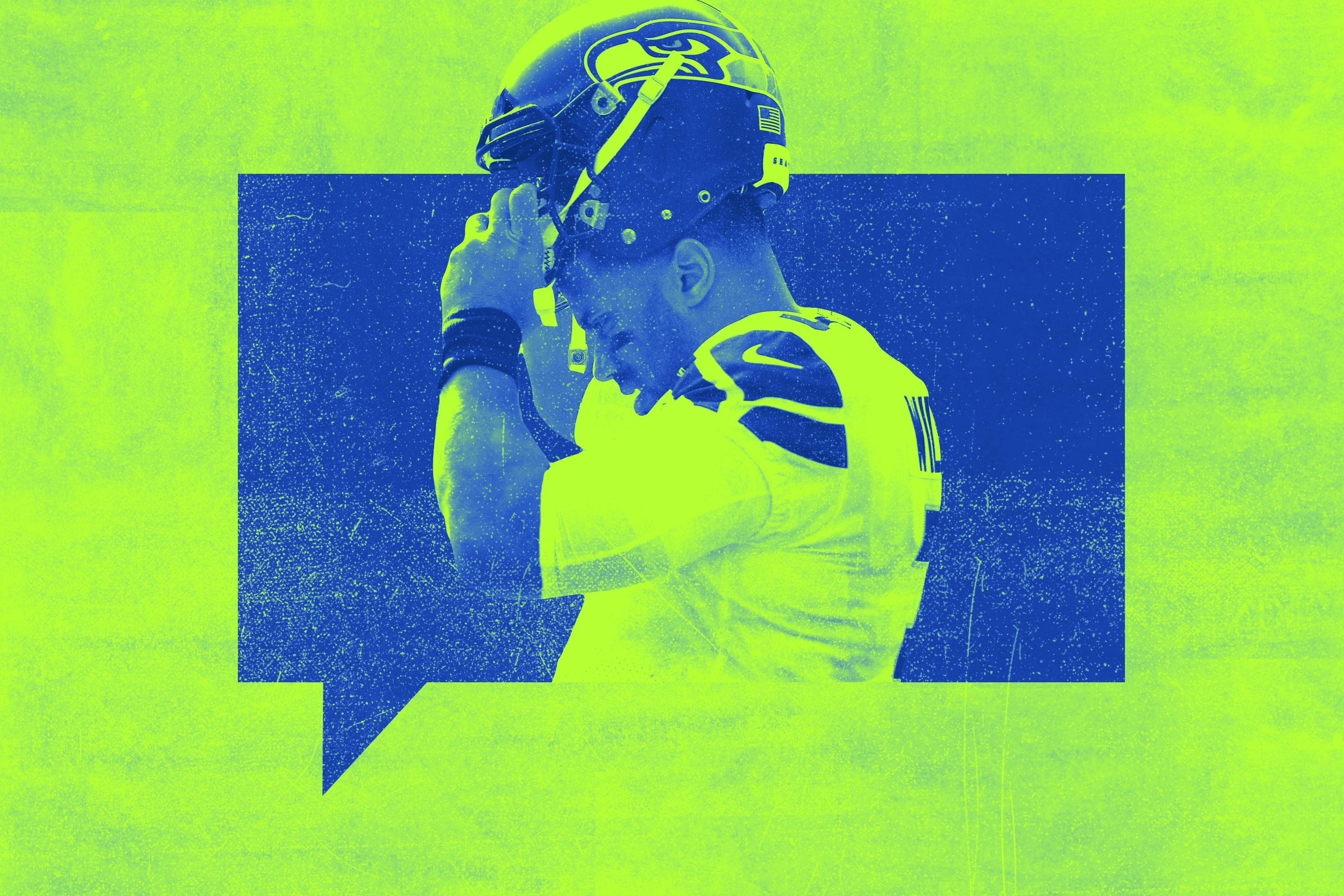
It’s that time of the season when some NFL teams have started looking toward next year. As each is officially eliminated, The Ringer will examine what went right, what went wrong, and where the franchise could go from here. Today it’s the Seahawks, who ran into a wall against the Cowboys, 24-22.
What Went Right
No one expected much from the Seahawks coming into this year. The Legion of Boom was dead, the offensive line still needed fixing, and the team generally seemed ready for a period of transition. Oddsmakers set Seattle’s over/under for wins at eight, which was only the third-highest mark in the NFC West. After a 9-7 2017, Seattle entered this season appearing to be on the decline, and when the team lost its first two games, it looked like it needed to blow it up and rebuild.
But the Seahawks rallied, and though they couldn’t catch the Rams in their division, they comfortably claimed the NFC’s first wild-card spot, marking the team’s seventh trip to the postseason in nine seasons under head coach Pete Carroll.
The Seahawks were above average on both offense and defense by DVOA, and even their much-maligned offensive line played well under new offensive line coach Mike Solari, powering an effective rushing game and keeping Russell Wilson upright. Duane Brown earned the eighth-highest Pro Football Focus ranking among offensive tackles, and George Fant, who started the second half of the season, ranked 25th. Finally, the Seahawks offensive line wasn’t the laughingstock of the league, and having competence in that area brought them to the postseason.
What Went Wrong
The Seahawks built their team on a prolific run game and a lethally efficient passing game. Even though modern wisdom says that passing is more effective than running, Seattle was the one NFL team that ran the football more times than it threw it—and it worked.
But on Saturday, the Seahawks’ commitment to that approach backfired. They rushed the ball 24 times for 73 yards against Dallas, a putrid 3.0 yards-per-carry average, and even that oversells how miserable this strategy was. Removing Wilson’s three carries for 14 yards returns a 2.8 average—over and over again, the Seahawks ran into the teeth of the Dallas defense and had nothing to show for it but third-and-longs.
When Wilson did get the chance to throw, he was his usual effective self, going 18-of-27 for 233 yards, a touchdown, and zero interceptions. Simply put: The Seahawks averaged over 5.5 more yards on pass plays than they did on run plays. At one point the team ran the football on third-and-7—sticking with the run for that long was just embarrassing.
New offensive coordinator Brian Schottenheimer was met with skepticism when he was hired in the offseason. Before this season, Schottenheimer had been an OC in nine seasons with the Jets and Rams, and his teams had never once ranked in the top 10 in the league in yardage. Yet through most of this season, the Seattle offense succeeded, so any criticism of Schottenheimer was muffled. But after his fanatical commitment to the running game, Schottenheimer will find few defenders among Seahawks fans—this team isn’t quarterbacked by Mark Sanchez; it has Russell Wilson. Schottenheimer failed to utilize the team’s best player until it was too late, and now Seattle is heading home.
Free Agency
Per Over the Cap, the Seahawks are projected to have $54.7 million in effective cap space, which is the ninth-highest figure in the league. But they also have plenty of their own players to take care of, especially on defense. The Legion of Boom era just ended, and the Seahawks may already need to retool their defense yet again.
First up is Earl Thomas, who likely won’t return. Thomas wanted an extension before this season, but after an unsuccessful holdout, he chose to play on the final year of his deal. Then in Week 4, Thomas broke his leg, and let’s just say he didn’t feel great about being pressured into playing without any long-term security:
It’s tough to see Thomas and the Seahawks reconciling here, and he could go to the very team that just knocked Seattle out of the postseason, as the Cowboys and Thomas had mutual interest with each other earlier in 2018.
Outside linebacker K.J. Wright is also in the final year of his deal. Wright missed all but five games in the regular season with a knee injury, but he’s been a starter for Seattle since 2011, and he had a wild interception against Dallas. Seattle wouldn’t franchise tag Wright, so either the two come to a long-term extension or he’ll be elsewhere in 2019.
The biggest decision Seattle will have to make, though, is with pass rusher Frank Clark. The fourth-year player delivered his best year as a pro, racking up career highs with 13.0 sacks and 27 QB hits. There’s a good chance the Seahawks will franchise tag Clark to the tune of an estimated $17 million, a possibility Clark doesn’t seem too concerned about. But whether it’s a long-term deal or the tag, Seattle will have to give up a large chunk of change to keep Clark on the team next season.
Seattle also has free-agency decisions to make with kicker Sebastian Janikowski, guards J.R. Sweezy and D.J. Fluker, and linebacker Mychal Kendricks.
The Draft
The Seahawks’ first-round pick will fall in the early 20s, depending on how the other two wild-card games play out, but they don’t own their second-round pick, which they traded to the Texans for offensive tackle Duane Brown last season. The Seahawks could add to their offensive line, which still has room for growth, or could bolster the defense that will need reinforcements sooner rather than later.

